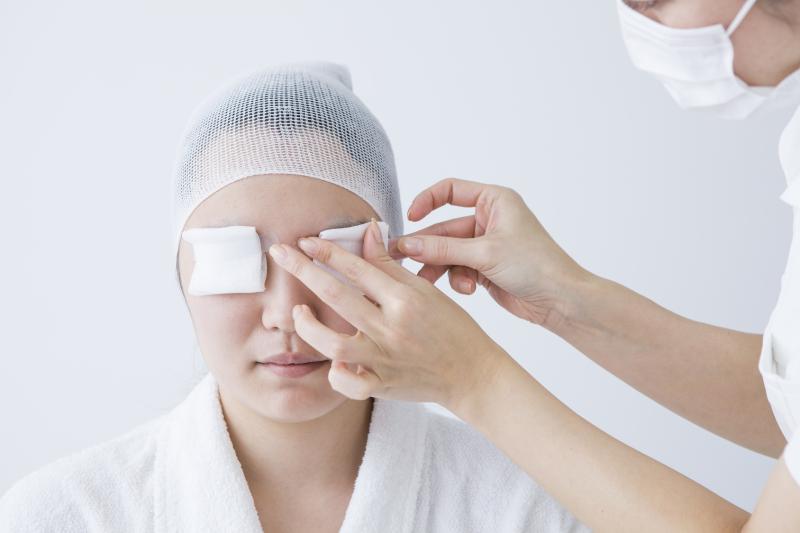Ocular surface quality important for KPro implantation





The environment and quality of the ocular surface are crucial to the successful implantation of a Boston type I keratoprosthesis (KPro), according to a recent study.
“Patients with severe disturbances of the ocular surface, such as severe ocular burns and Stevens-Johnson syndrome (SJS) have an extremely poor prognosis for penetrating keratoplasty,” researchers said. “The indication for Boston type I KPro surgery includes a good lid anatomy and blink mechanism in order to keep the ocular surface moist and retain the contact lens.”
Twenty-nine eyes from 29 patients underwent device implantation. Sixteen eyes in 16 patients (aged 27–51 years; 100 percent male) required oculoplastic and ocular surface surgeries, leading to a cumulative of 41 procedures. The operations were needed to maintain hydration and to protect the corneal tissue. [Adv Ther 2020;doi:10.1007/s12325-020-01381-3s]
Of the 16 patients, 10 received polymethylmethacrylate backplate KPro implants, while the rest were given a titanium backplate.
Chemical burns were the more common underlying causes for surgery, consisting of seven cases of alkali burns and five acid burns. In comparison, three patients sustained thermal burns and one had SJS. Upon initial examination, all eyes had opaque corneas and vision ranged from seeing light to counting fingers.
At the end of the follow-up, there were six cases of corneal melt and KPro extrusion in the overall sample of 29 participants. These complications were twice as likely to occur in patients who needed oculoplastic or ocular surface surgeries (4 vs 2; p=0.66), though the difference was not statistically significant.
Of the 16 surgery patients, retention rate of the KPro device was 75 percent (n=12). The proportion of patients with best-corrected visual acuity (BCVA) ≥20/200 jumped from 0 percent before the procedure to 69 percent (n=11). Five patients (31 percent) retained this BCVA until the last follow-up.
“Eyelid surgeries and ocular surface reconstruction may be considered prior to KPro implantation to improve the final outcome by providing a more stable ocular surface,” the researchers said.
“The eyelids must be able to meet if KPro is to be considered in the future. Otherwise, excessive evaporation from the ocular surface will cause dehydration of the cornea and aseptic necrosis,” they added.
However, they pointed out important limitations of the study that warrant consideration and addressing. Among these are its retrospective nature, the lack of regular monitoring of the evolution of the prosthesis, and the failure to evaluate the condition of the tear film before operation.
“Our study showed that addressing periocular issues is important to improve ocular surface quality and optimize the implantation of a KPro,” the researchers said. “[T]hese abnormalities need [to] be addressed prior to embarking upon KPro surgery to achieve better outcomes.”